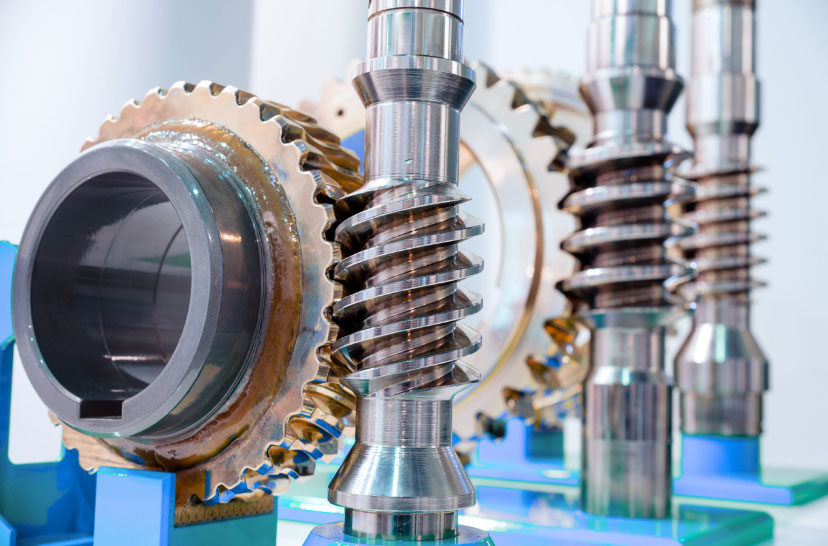
Helical gears are a type of mechanical gear system widely used in various applications, including power transmission in renewable energy systems. They offer several advantages over other gear types, making them suitable for optimizing power transmission in these systems. Here’s how helical gears contribute to renewable energy applications:
- Increased Load Capacity: Helical gears have teeth that are oriented at an angle to the gear axis, which results in greater tooth engagement compared to spur gears. This increased surface contact area allows helical gears to handle higher loads and transmit more power, making them well-suited for heavy-duty renewable energy applications.
- Reduced Noise and Vibration: Due to their helical tooth arrangement, these gears operate more smoothly and quietly than other gear types. This reduced noise and vibration are especially beneficial in renewable energy systems that require minimal noise pollution, such as wind turbines in residential areas or solar tracking systems.
- Improved Efficiency: The helical tooth design allows for gradual engagement and disengagement of gear teeth, reducing impact forces and power losses caused by shock loads. This results in higher overall efficiency in power transmission, which is crucial in renewable energy systems to maximize energy conversion and minimize waste.
- Higher Gear Ratios: Helical gears can achieve higher gear ratios without increasing the gear size significantly. This feature is advantageous in renewable energy systems where space is often limited, as it allows for compact and efficient power transmission components.
- Enhanced Lubrication: The sliding motion between the helical gear teeth promotes better lubrication and heat dissipation, reducing wear and extending the gear’s lifespan. Proper lubrication is vital in renewable energy systems to ensure reliable and long-lasting operation.
- Precision and Accuracy: The helical gear manufacturing process allows for high precision and accuracy in gear tooth profile and alignment. This results in minimal backlash and better gear meshing, contributing to smoother operation and improved system performance.
- Application Flexibility: Helical gears can be used in a variety of renewable energy systems, such as wind turbines, solar tracking mechanisms, hydroelectric power generation, and tidal energy systems. Their versatility makes them a popular choice in various renewable energy applications.
It’s essential to consider potential challenges as well. Helical gears may produce axial thrust, which needs to be properly addressed through thrust bearings or gear design modifications. Additionally, manufacturing and assembly costs for helical gears can be higher compared to spur gears.
When properly designed and implemented, helical gears offer several advantages for power transmission in renewable energy systems. Engineers and designers must carefully consider the specific requirements of each application to optimize the gear system’s performance and reliability.
